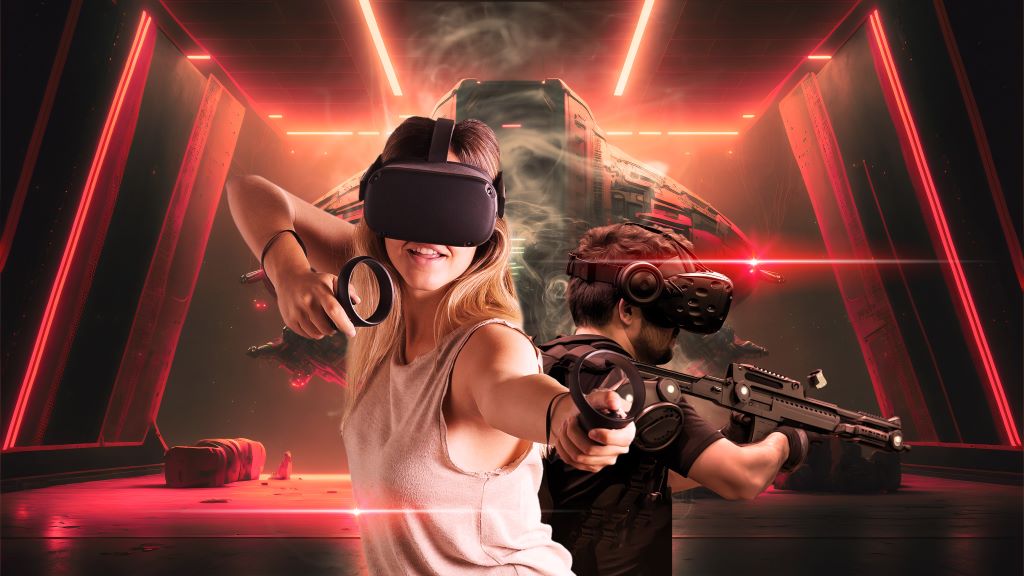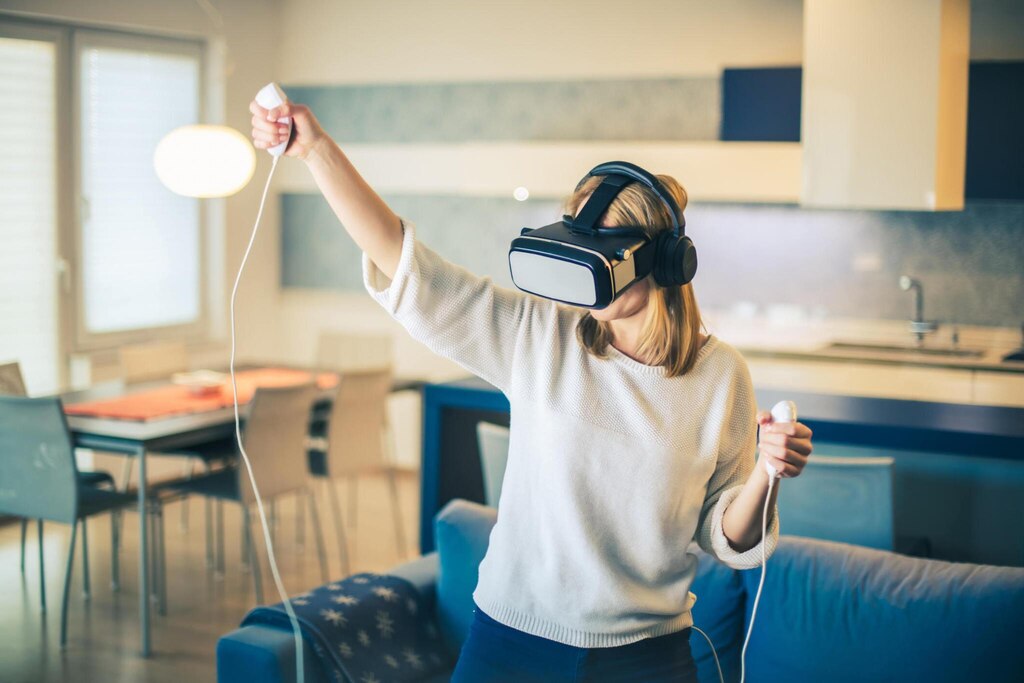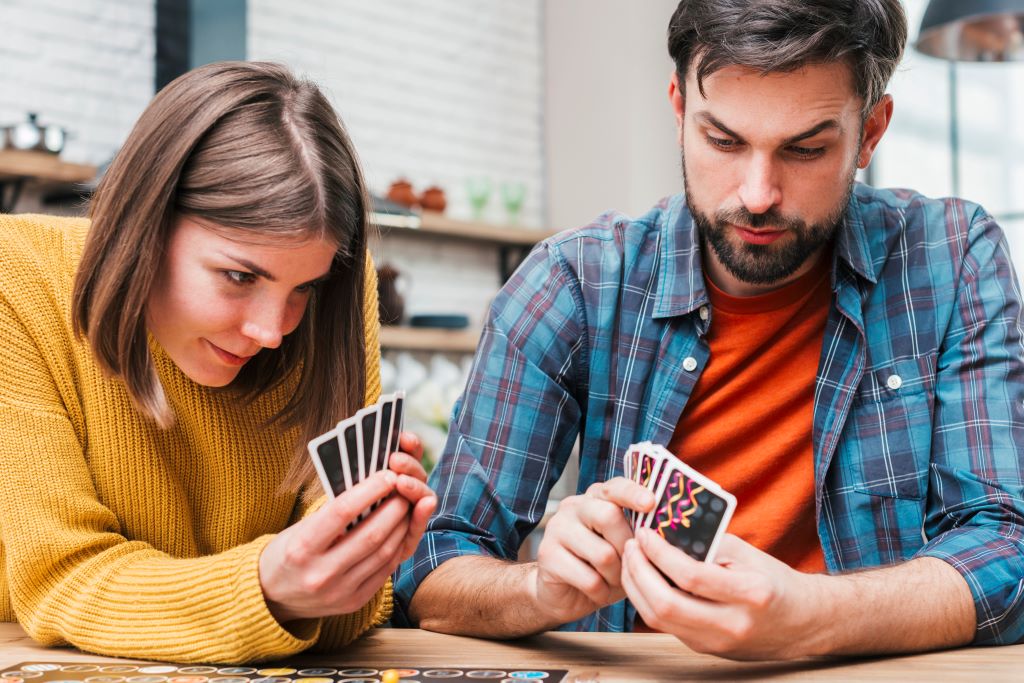In the realm of video game development, creating immersive and lifelike experiences is key to captivating players. One crucial aspect of achieving this realism lies in the meticulous crafting of gun 3D models, particularly when it comes to firearms.
Guns hold a prominent role in numerous gaming genres, from first-person shooters to action adventure games, and the level of detail in their design significantly impacts players’ immersion.
In this article, we delve into the intricate process of crafting realistic gun 3D models in game development, exploring the techniques and highlighting their importance.
Understanding the Significance of Realism
Before delving into the technical intricacies of creating gun 3D models, it’s vital to understand why realism matters in game development.
Realistic visuals not only enhance players’ immersion but also contribute to the overall believability of the game world.
When it comes to firearms, authenticity in their design lends credibility to the game’s setting, whether it’s a modern urban landscape or a historical battlefield.
Players often appreciate attention to detail, and accurately modeled guns can enrich their gaming experience. Realistic gun models not only look aesthetically pleasing but also contribute to gameplay mechanics, offering players a sense of familiarity and connection with the virtual environment.
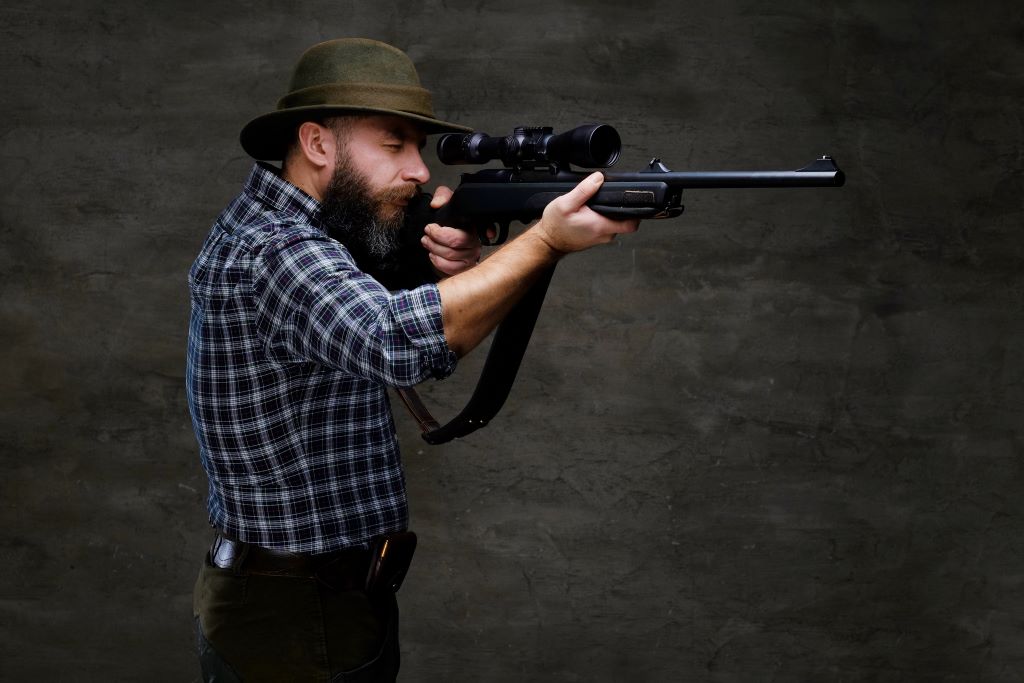
The Process of Crafting Gun 3D Models
Crafting realistic gun 3D models is a meticulous process that requires a combination of artistic finesse and technical proficiency.
A gun 3D model can elevate the game’s visual quality, showcasing the team’s technical prowess and enhancing production value, while also boosting immersion, connecting players deeply to the game world. Here’s a glimpse into the typical workflow involved:
1. Research and Reference Gathering
The journey begins with thorough research and reference gathering. Game developers scour through photographs, blueprints, and technical specifications of the firearm they aim to model.
This phase is crucial for understanding the nuances of the gun’s design, including its proportions, details, and materials.
2. Modeling
With a wealth of reference materials at hand, artists embark on the modeling process using specialized software such as Blender, Maya, or 3ds Max.
They start by laying down a basic geometric framework, gradually sculpting the intricate components of the firearm, including the barrel, trigger, grip, and sights.
Modeling demands precision and attention to detail. Each component must be accurately scaled and positioned to ensure a faithful representation of the real-world counterpart.
Moreover, considerations for animation and interaction with the game environment guide the model’s topology and geometry.
2. Texturing and Materials
Once the basic model is crafted, attention turns to texturing and materials. Artists apply realistic surface textures to simulate the materials from which the gun is made, be it metal, plastic, or wood. Details such as scratches, dirt, and wear-and-tear are meticulously added to enhance realism and authenticity.
Modern game engines provide sophisticated tools for creating lifelike materials and textures. Techniques like physically-based rendering (PBR) enable artists to simulate how light interacts with different surfaces, resulting in stunning visual fidelity.
3. Rigging and Animation
To bring the gun model to life, rigging and animation are essential components. Artists rig the model with a skeletal structure, allowing for seamless animation of actions such as aiming, firing, reloading, and recoiling. These animations add dynamism to gameplay, enhancing the overall player experience.
4. Optimization
Before the gun model is integrated into the game engine, optimization is necessary to ensure optimal performance. This involves reducing polygon counts, consolidating materials, and implementing LOD (Level of Detail) systems to maintain visual quality without compromising on efficiency.
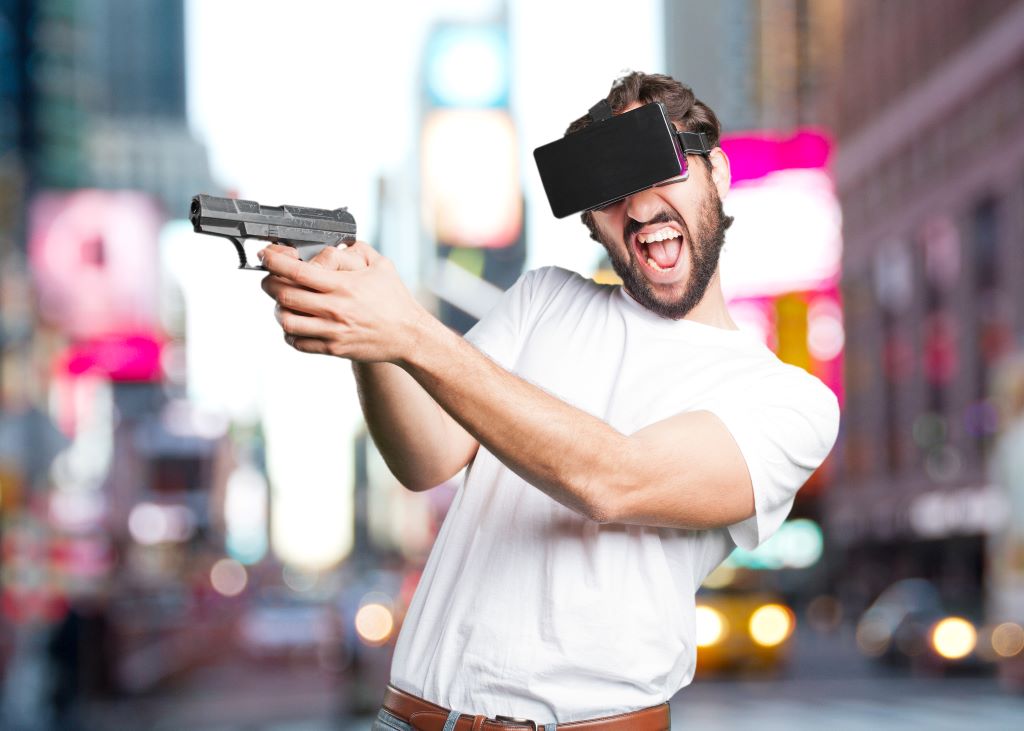
Benefits of Realistic Gun 3D Models
Whether it’s learning about historical weapons or understanding modern firearm technology, accurately modeled guns can provide players with a deeper appreciation for the subject matter. Crafting realistic gun 3D models offers a myriad of benefits for game developers and players alike:
1. Enhanced Immersion
Realistic gun models contribute to a heightened sense of immersion, allowing players to feel more deeply connected to the game world.
Authentic visuals evoke a sense of realism, drawing players into the gaming experience and enhancing their overall enjoyment.
2. Increased Engagement
Attention to detail in gun design can lead to increased player engagement. Players appreciate the authenticity of well-crafted firearms, which can evoke emotions and deepen their investment in the game narrative.
Moreover, accurately modeled guns can facilitate intuitive gameplay mechanics, improving the overall gaming experience.
3. Aesthetic Appeal
From a visual standpoint, realistic gun models add to the aesthetic appeal of a game. Detailed textures, lifelike materials, and fluid animations create a visually stunning experience that captivates players and elevates the game’s presentation.
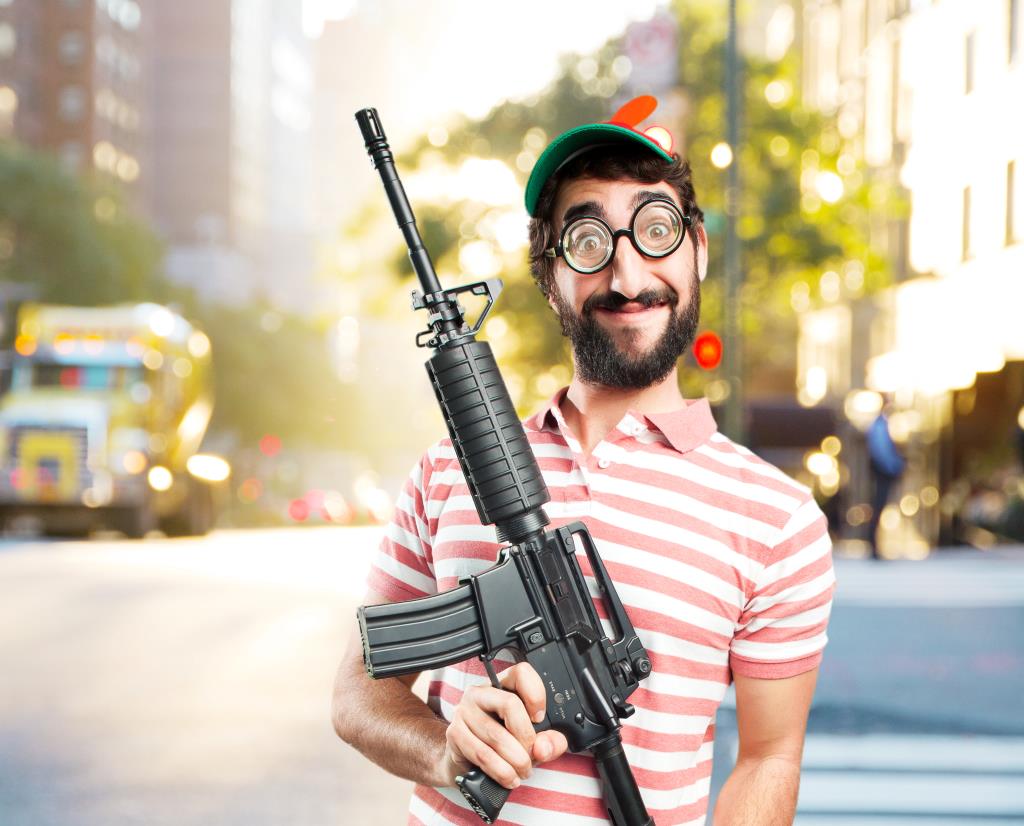
4. Attention to Detail
Creating realistic gun 3D model requires a keen eye for detail, fostering a culture of craftsmanship within game development.
Artists hone their skills in anatomy, mechanics, and materials, pushing the boundaries of visual fidelity and artistic excellence.
Conclusion
Crafting realistic gun 3D model is a labor of love that contributes to the overall quality and immersion of video games. From meticulous research and modeling to texturing, rigging, and animation, every step of the process is geared towards creating an authentic and captivating gaming experience. As technology advances and artistic techniques evolve, the art of crafting gun 3D model will continue to play a pivotal role in shaping the future of gaming.
